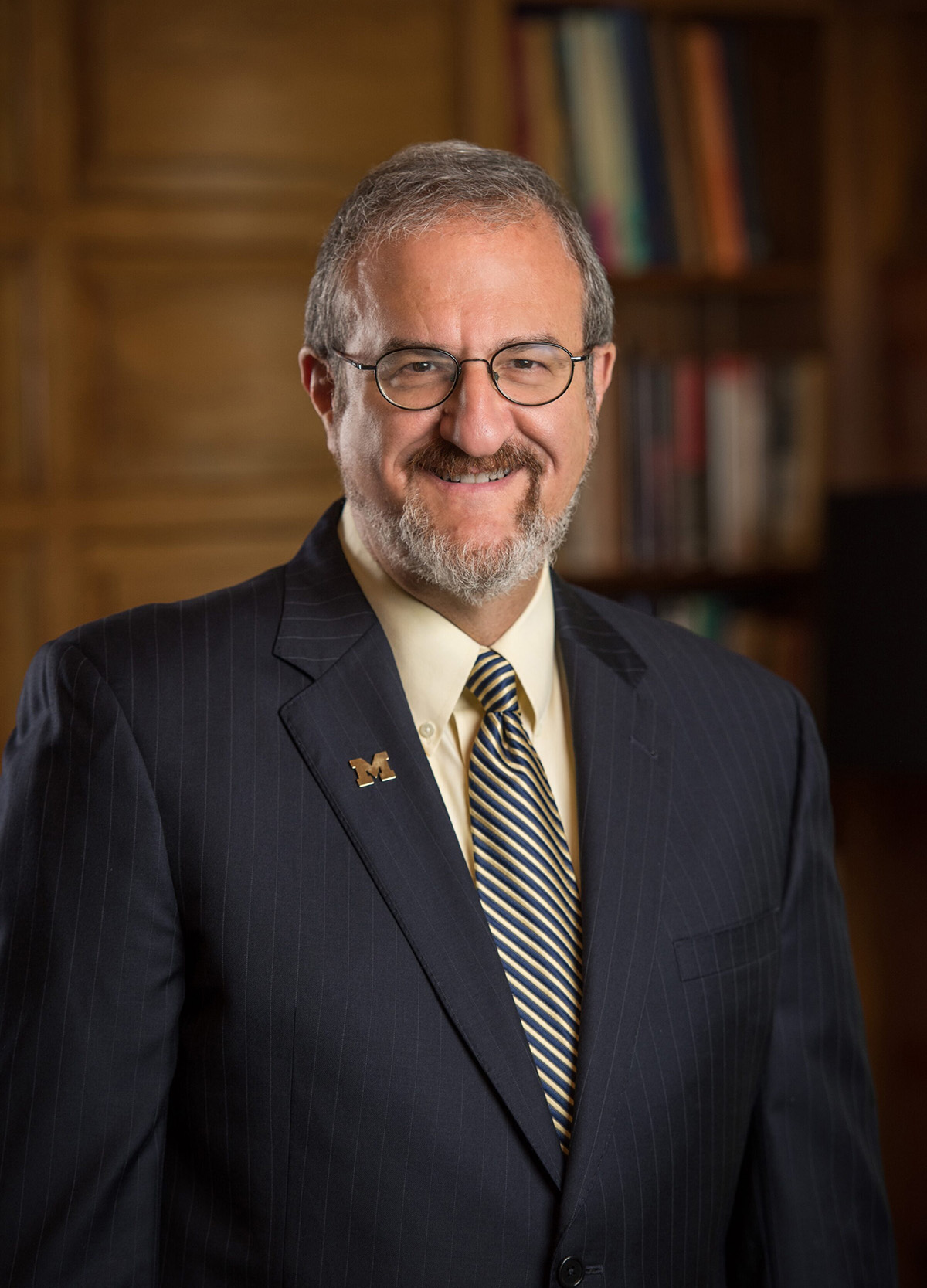There's no shortage of great commentary about the issues facing higher ed these days. For you, how do you frame some of the biggest current — and emerging — challenges?
It is critical that we enhance the access and affordability of higher education to students from all backgrounds in our state and around the nation. The data are clear that individuals with college degrees live longer, healthier and happier lives, and society also benefits from their intellectual contributions, increased productivity and decreased reliance on public support.
The variable quality of public primary and secondary education in terms of preparing students for college is also an increasing issue.
The climate for learning on our nation’s campuses is suffering due to unacceptable levels of sexual misconduct and difficulties in establishing an inclusive and equitable environment.
Finally, I’ll point out the lagging financial support for public higher education. U-M receives about the same number of dollars from Michigan that we received in 1997, although we’re 20 percent larger and have seen 56 percent inflation since then.
In response, we're seeing all kinds of innovative thinking about how we can do things differently. What are some of the ideas that stick out to you that have the potential to really transform the higher ed landscape for the better?
We should be working on ways to reach out to talented students before they are college age and help enhance their education and promote readiness. This can be done through a mixture of in-person and online approaches. U-M is doing this through its Wolverine Pathways program.
Given the rapid pace of technological development and computational methods collectively known as Artificial Intelligence, the economy is changing at an accelerating rate. To help the workforce keep up with this change, education must be lifelong and thus universities should work to establish ongoing relationships with its graduates, having them return for more education at critical stages throughout their careers.
We have to develop ways to break down disciplinary barriers within undergraduate education so students can see the connections between the subjects they study and develop the agency to identify and solve problems within their areas of interest or employment. The biggest problems we face as a society don’t know what discipline they are supposed to fall under; they are just problems that demand our attention.
You've been part of some bold moves on the college affordability front, including U-M's own free tuition program for low- and middle-income families. From where you stand, what's the next big idea that could make a major dent in the affordability problem?
We’ve been lobbying the state and various other groups to support a proposal to significantly increase direct-to-student need-based financial aid. Right now, Michigan is near the bottom of the states in this regard. Awarding funds directly to students based on need and academic talents would allow students to decide where they wish to study in Michigan while worrying less about cost. It would also encourage schools to compete for the best students, regardless of their family income, and lift our state to higher levels of college attainment.
In your first public visit to campus in 2015, you shared that you wanted to find points of synergy between the three campuses in the coming years. How do you see Dearborn, Ann Arbor and Flint working together toward shared goals? Conversely, what unique role can the regional campuses play both within their regions and beyond?
There is a lot to be gained by more thorough coordination of the application and admission process among the three campuses, with Ann Arbor applicants being offered an easy route to send their application on to Flint or Dearborn. In addition, we can better define and simplify transfer pathways and procedures amongst the campuses. Finally, we might purposefully design collaborative 4+1 and 3+2 programs in which a student studies at a regional campus and then transfers to the Ann Arbor campus to complete undergrad and add a master’s degree.
I am proud that all three U-M campuses make a tremendous economic and intellectual impact on our state. Our researchers have collaborated on projects that tackle big problems including water and poverty. Our Dearborn and Flint campuses serve important regions and communities, providing opportunities to local students and tailoring many programs to address regional needs. The state of Michigan and its people are well-served by three distinct U-M institutions among its 15 public colleges and universities.






